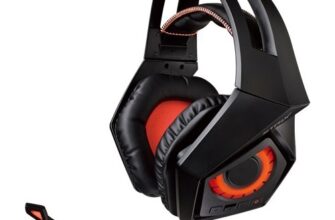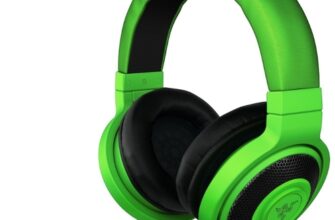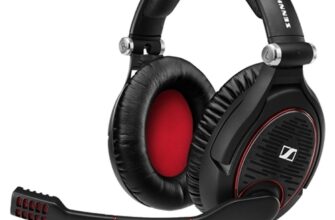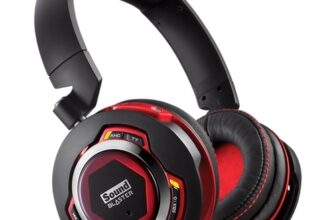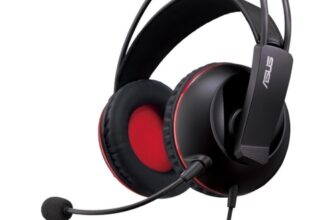When choosing a video card, you need to pay attention not only to its performance, but also to compatibility with the rest of the computer hardware, as well as software graphics technologies.
- content
- How to choose a video card for a computer: what characteristics you need to pay attention to
- Which video card manufacturer to choose
- Interface
- Video processor
- Volume, type and frequency of video memory
- Energy consumption
- Cooling
- Graphics card size
- Connectors
- External connectors
- Internal connectors for auxiliary power
- Processor Compatibility
- Summary
content
- How to choose a video card for a computer: what characteristics you need to pay attention to
- Which video card manufacturer to choose
- Interface
- Video processor
- Volume, type and frequency of video memory
- Energy consumption
- Cooling
- Graphics card size
- Connectors
- Processor Compatibility
- Summary
How to choose a video card for a computer: what characteristics you need to pay attention to
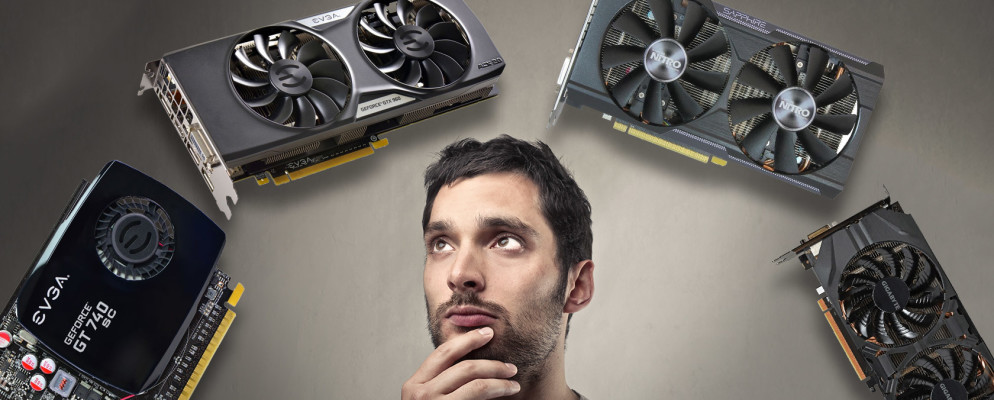
When choosing a video card, you should pay attention to the following parameters:
-
Device developer and manufacturer;
-
Interface;
-
Video processor;
-
Amount, frequency and type of video memory;
-
Energy consumption;
-
Cooling system;
-
Graphics card size;
-
Video card connectors – external and additional power supply.
Well, of course, it's worth remembering compatibility with the rest of your computer's hardware components.
The following information is valid for desktop configurations. It is almost impossible to choose a video card for a laptop due to the peculiarities of mobile computers.
Which video card manufacturer to choose

The modern video card market is represented mainly by two developers – NVIDIA and AMD. The former work closely with game developers, and therefore the models behind their authorship often support unique graphics technologies. In addition, NVIDIA GeForce graphics cards offer good energy efficiency and improved performance.
But AMD graphics cards are much cheaper and better suited for mining.
However, AMD and NVIDIA are the developers who only produce chips. Other companies are engaged in the production of the video cards themselves. And it depends on them how durable this device will be. Among the manufacturers of video cards, ASUS, Gigabyte and MSI have proven themselves the most.
Interface
Almost all modern video cards are connected to a computer via a PCI-E interface (connector). Previously, there were also models that were connected via AGP or PCI, however, they do not provide a sufficient data exchange rate and therefore were preserved only in very old computers.
When choosing a video card, you need to pay attention to the generation of the PCI-E interface installed on the motherboard – 2.0, 2.1 or 3.0. It is desirable that it be the same for both devices. Otherwise, the data exchange rate will be 'cut down' to the minimum supported by one device.
That is, if you plug a PCI-E 2.0 video card into the PCI-E 3.0 slot, the maximum data exchange rate will correspond to the PCI-E 2.0 standard.
Video processor
The video processor is one of two parameters that determine the performance of a video card. It is a computational module consisting of computational cores (which are also called shader units and can be not only hardware, but also software and hardware, as in NVIDIA CUDA technology).
The higher the number of shader units and the clock frequency of the video processor, the higher its performance. For example, the least powerful graphics accelerators have up to 500 computing cores, and the frequency is up to 1100 MHz, as a result of which it is almost impossible to run modern games on them. But for top-end video cards, the number of shader units has already exceeded 3500, and the clock frequency is over 1700 MHz.
Volume, type and frequency of video memory

Video memory is the second parameter that determines the performance of the video card. The more it is, the better, respectively. However, volume is not the only parameter to look out for.
When choosing a video card, you need to pay attention to the following video memory parameters:
-
A type;
-
Frequency (or at least bandwidth);
-
Volume.
The most optimal type of video memory for cards that are supposed to be used in modern games is GDDR5. GDDR3 is only suitable for very old projects. On top cards from NVIDIA you can find GDDR5X memory, and from AMD – HBM.
Video memory performance is measured in frequency and width of the data bus. Together they form such a parameter as the passing ability. And it is she who determines how quickly the video card processor will exchange data with the video memory.
It is advisable to buy video cards with a bandwidth of 224 GB / s or more. For top models, it is better to take from 320 GB / s.
The amount of video memory determines how many image elements the card can handle. Therefore, modern games with high details require at least 4 GB of video memory. However, it is worth foreseeing future use and taking a model with 6 GB or even more capacity – it is she who will 'pull' projects whose release is just planned.
An important point: if you plan to use a 4K monitor, then 8 GB is, in principle, the minimum amount of video card memory that will send a signal to it (though this is true only for games).
Energy consumption
The higher the performance (power) of the video card, the more it consumes energy and the more it heats up. So, top-end modern models consume up to 250 watts. This parameter must be taken into account when choosing not only a video card, but also a computer power supply unit – the total consumption of system unit components should not exceed the power supply unit power.
Cooling
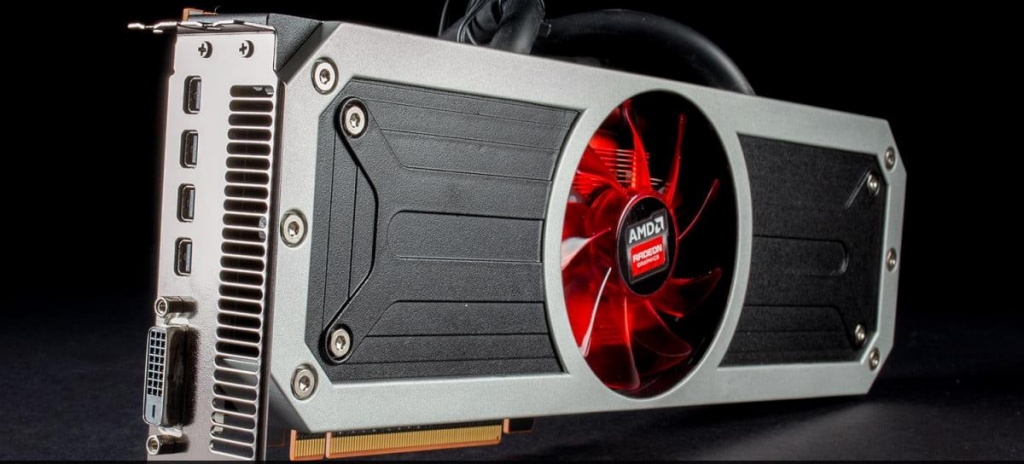
Cooling of video cards can be passive and active. The first implies that only a heatsink is installed on the chip, without a fan. It requires that the cooling system be worked out in the cooler – in the form of coolers or a liquid system. Otherwise, the video card will quickly overheat and fail.
Active cooling is of two types – conventional and turbine. The usual one is a system of a heatsink, heat pipes and a cooler (or even several). Turbine is the most efficient – it quickly cools the video card. However, under load it can cause a lot of hum and noise.
In case of insufficient cooling performance, the operating period of the video card may decrease, it will overheat and fail. In addition, when the temperature rises, there is a so-called throttling – a temporary drop in performance.
It is most advisable to purchase video cards equipped with a good cooling system – a radiator, two fan-coolers and massive heat pipes (metal pipes). If the noise level does not matter (with good soundproofing of the room and playing with headphones), you can take a video card with a turbine cooling system.
It is desirable that the temperature of the video card does not exceed 80 degrees.
Graphics card size
Modern video cards are available in two versions – one slot and two. The former are characterized by a reduced thickness and therefore can be installed in highly loaded configurations of peripheral devices. But at the same time, such video cards are not very productive due to a weak or often absent cooling system.
Gaming video cards are in the overwhelming majority of cases dual-slot, and this should be taken into account when planning the case.
Connectors
You also need to pay attention to the connectors that the video card is equipped with.
External connectors
External connectors are for connecting a monitor. The maximum display resolution also depends on what connectors the video card is equipped with:
-
VGA is the oldest analog connector. Modern video cards are practically not equipped with it;
-
DVI is once a standard, now an obsolete connector. Required to connect most monitors released in the 00s and early 10s;
-
HDMI is the current multimedia standard. Transmits not only video, but also audio. Found in the vast majority of video cards, monitors, TVs and other devices;
-
DisplayPort is the most recent standard. Designed to connect gaming or special monitors with 4K resolution and refresh rates above 60 Hz.
Internal connectors for auxiliary power
For the vast majority of modern video cards, the power that comes from the PCI-E port is not enough. Additional required. Such video cards are equipped with a 6- or 8-pin power connector, to which the corresponding bus from the power supply is connected.
If you are not planning to change the power supply, you need to see which bus it is equipped with. For older computers, you can use the MOLEX-PCI-E adapter.
Processor Compatibility
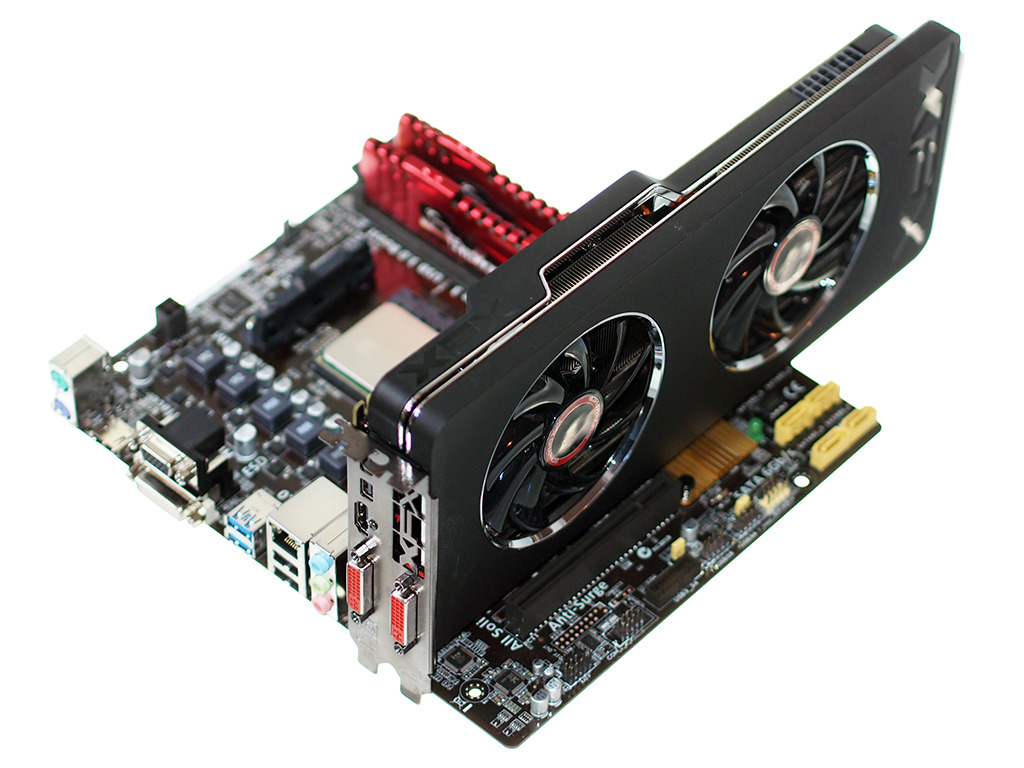
Unlocking the potential of a graphics card requires that it be fully compatible with the processor. It is difficult to independently accurately determine the degree of compatibility – you need to take into account the bit depth and frequency of a lot of buses. However, this can be done approximately.
Current top-end graphics cards require top-end processors (current or previous generation i5 or i7).
Mid-range cards require mid-range processors (current i3, i5 or previous).
Weak video cards need weak processors.
If you install a video card that is too powerful on a 'weak' configuration (and vice versa, if you install a 'weak' video card on a too powerful configuration), the performance of the video card will be reduced.
Summary
When choosing a video card, it is necessary to strictly determine the purposes for which it will be used – whether it is a game in modern projects right now, no need for an upgrade in the next few years, or just displaying an image on the screen. Also, don't go to extremes. It makes little sense to buy top-end video cards for huge sums (for example, the flagship of 2017 NVIDIA Titan XP costs 89 thousand rubles) and use them for a couple of matches in Overwatch a week – but, saving money, you can deprive yourself of the pleasure of modern games.
It makes sense to just buy an 'average' video card once every 2-3 years by upgrading your computer. Then the costs will not be too high.
And, of course, it is important to assess the compatibility of the computer with the video card installed in it. Moreover, extremely low performance is not the only problem that can be caused by incompatibility. In extreme cases, the video card may simply not start – for example, due to a lack of power.
!
In the following articles, our experts will tell you how to choose the right power supply for your computer, the secrets of choosing a sound card and a complete guide to choosing a keyboard for a desktop computer.
Attention! This material is the subjective opinion of the authors of the project and is not a purchase guide.


